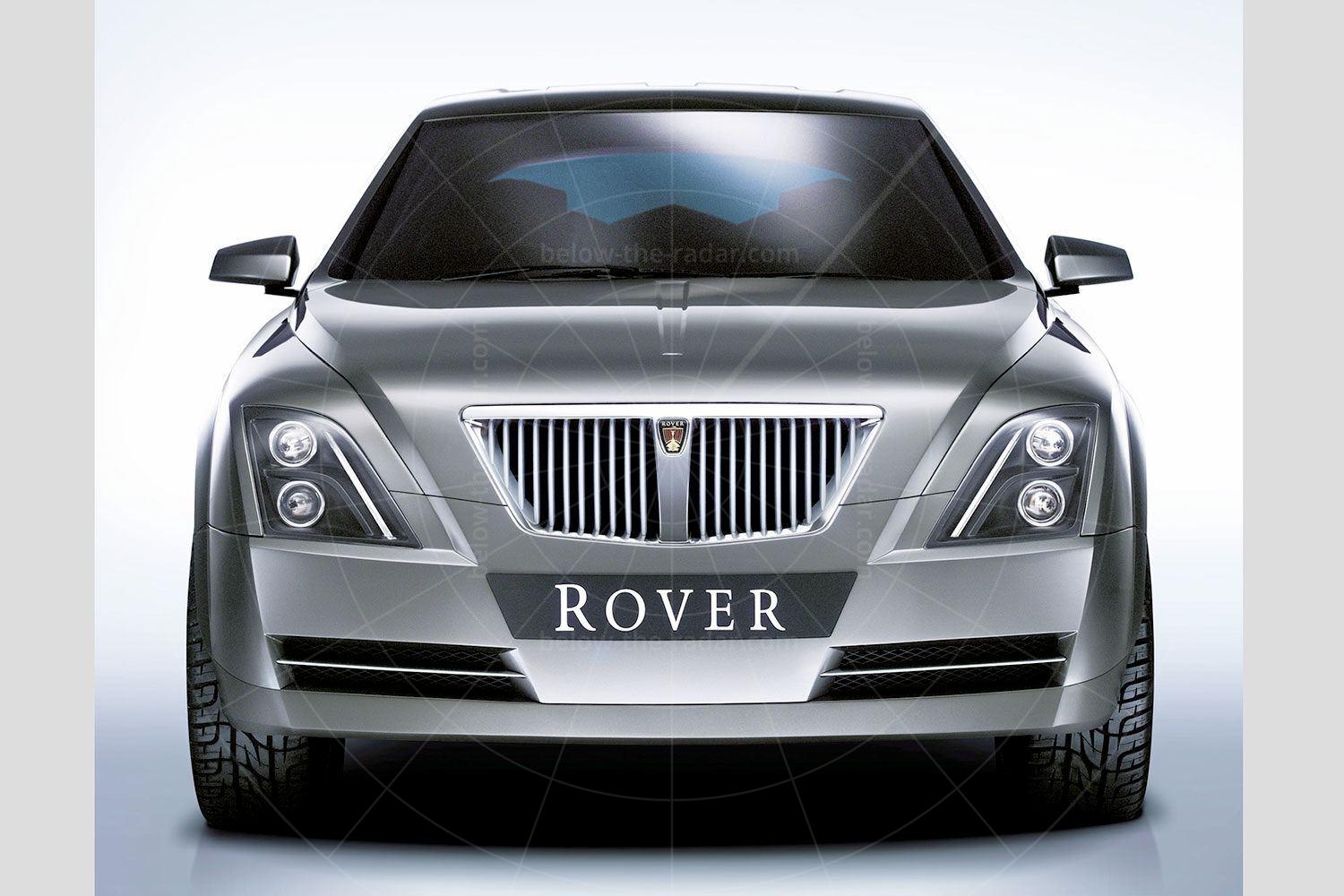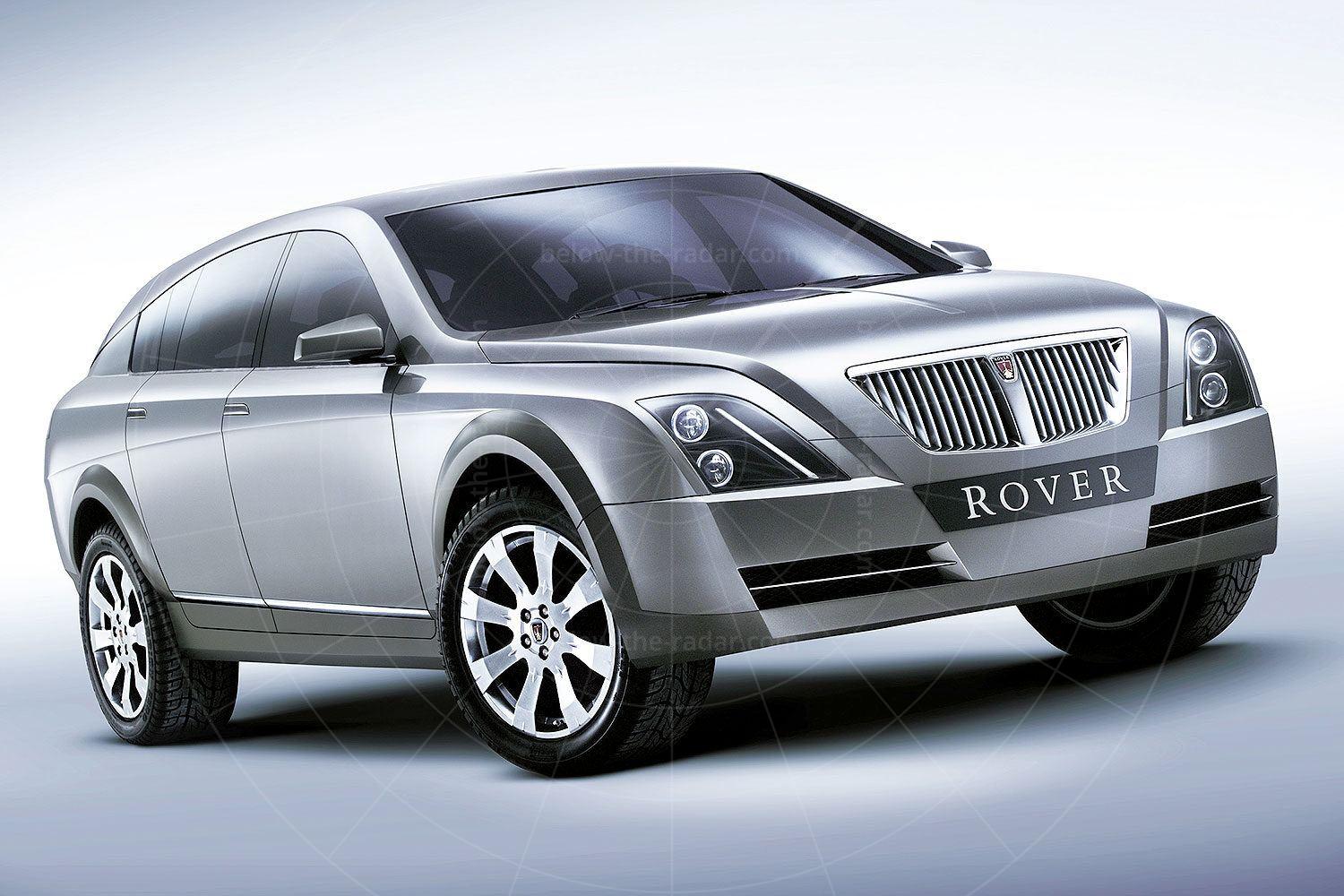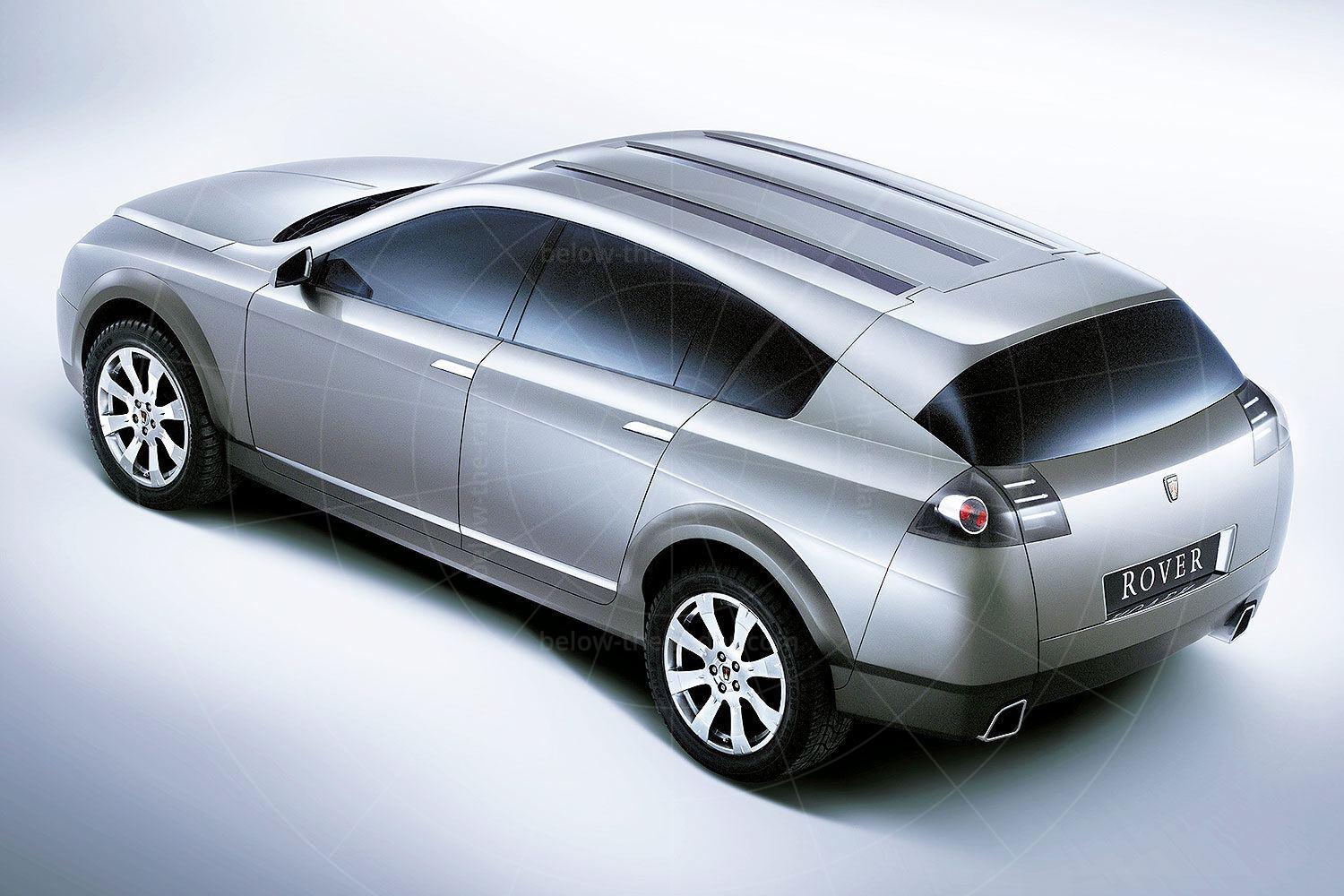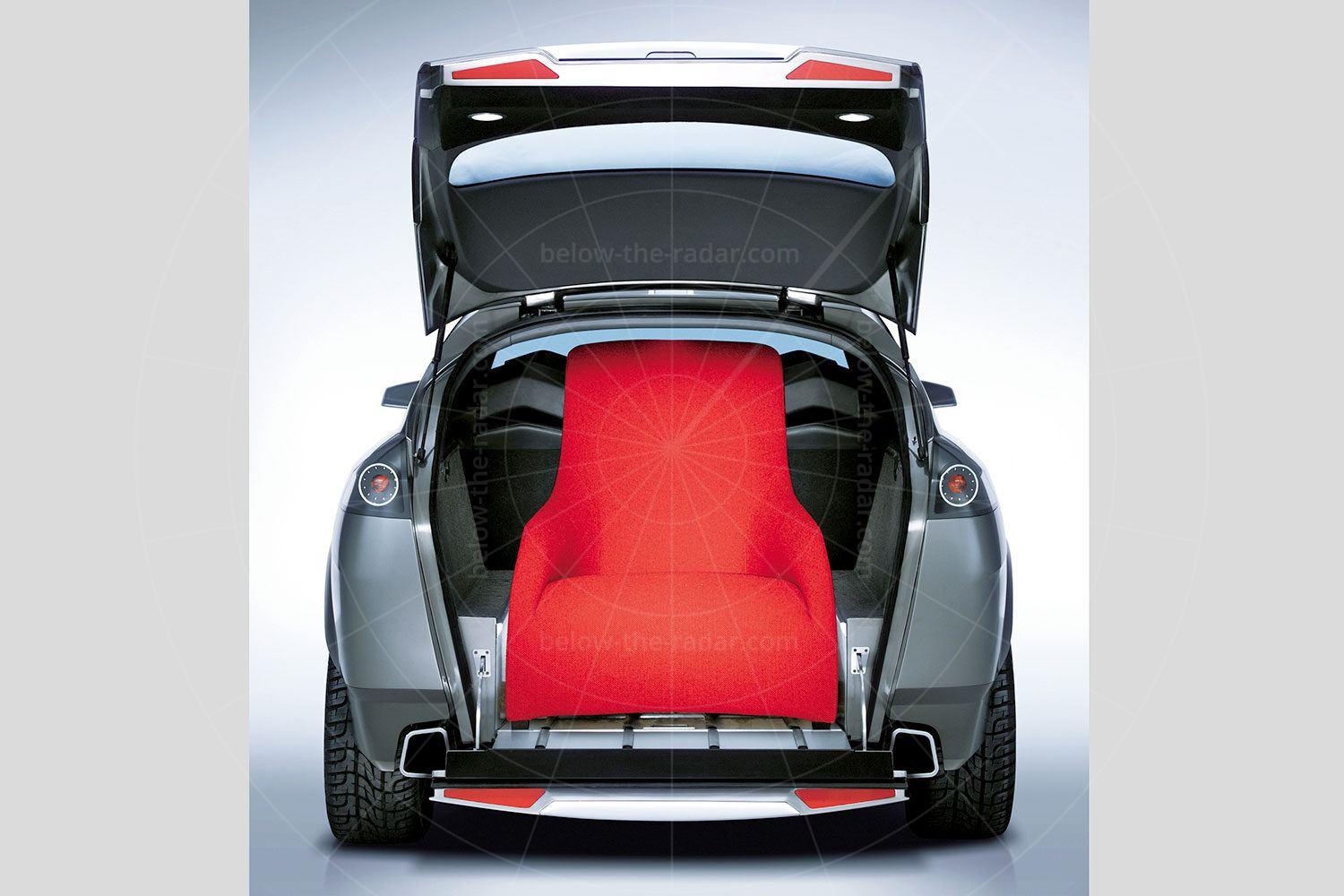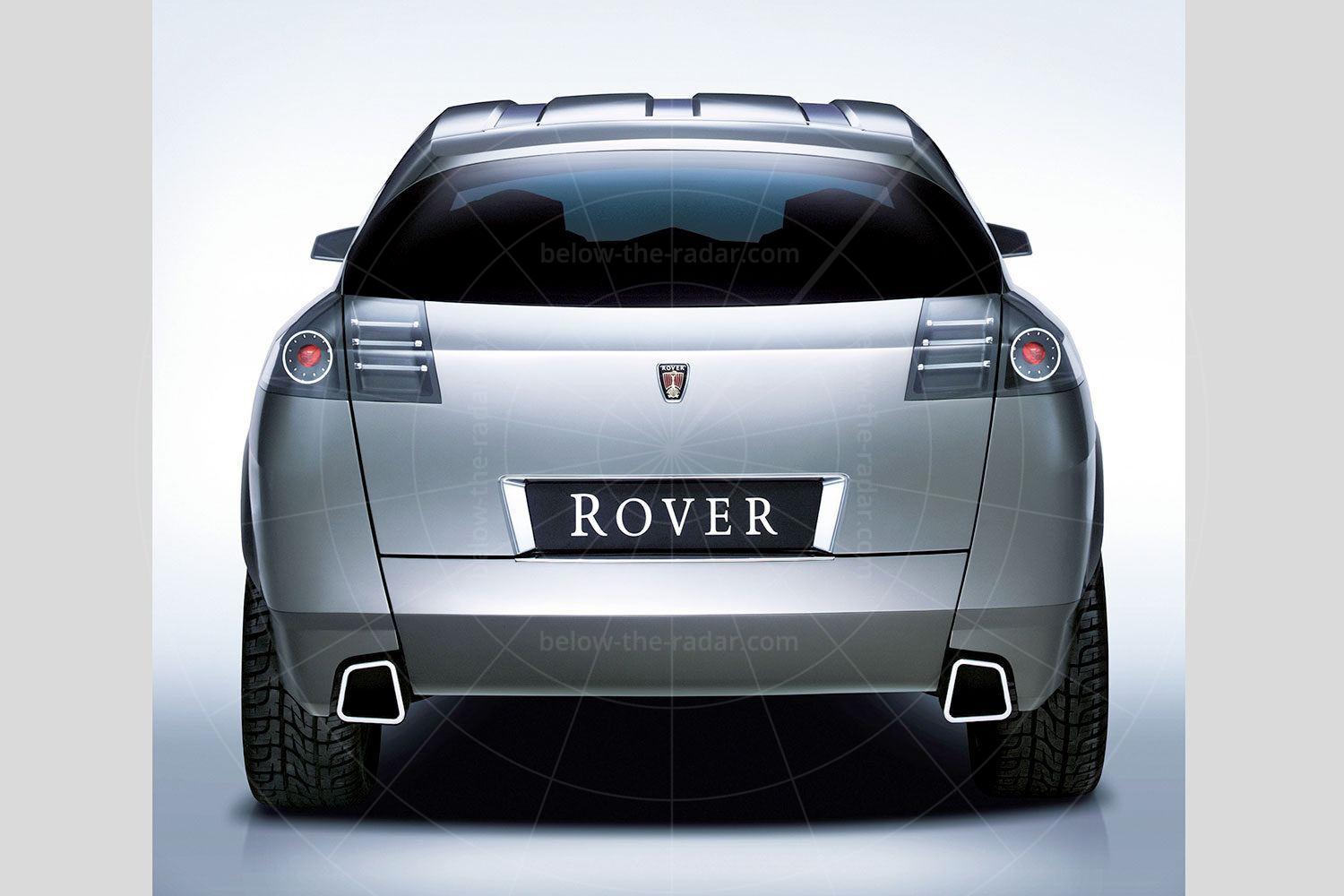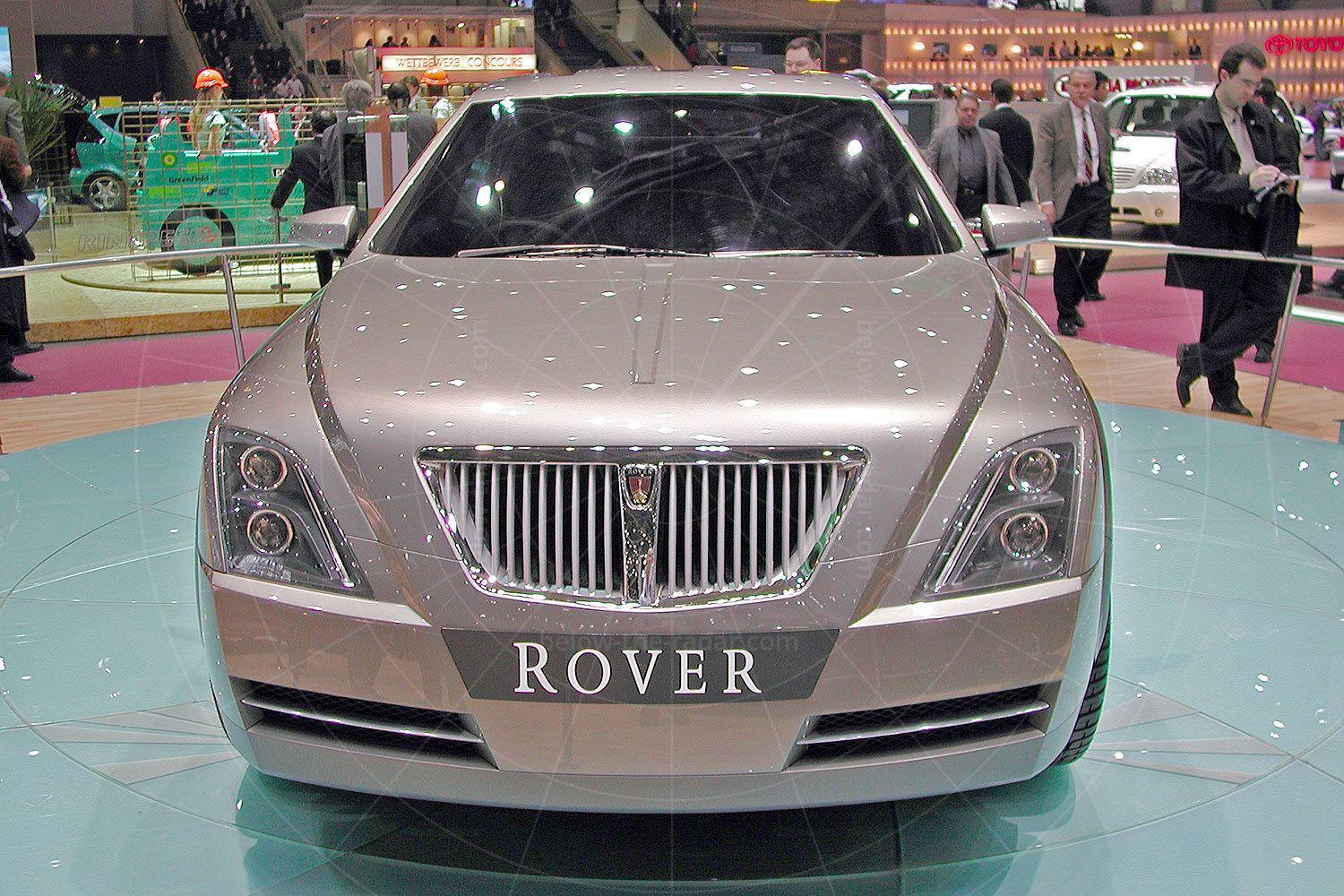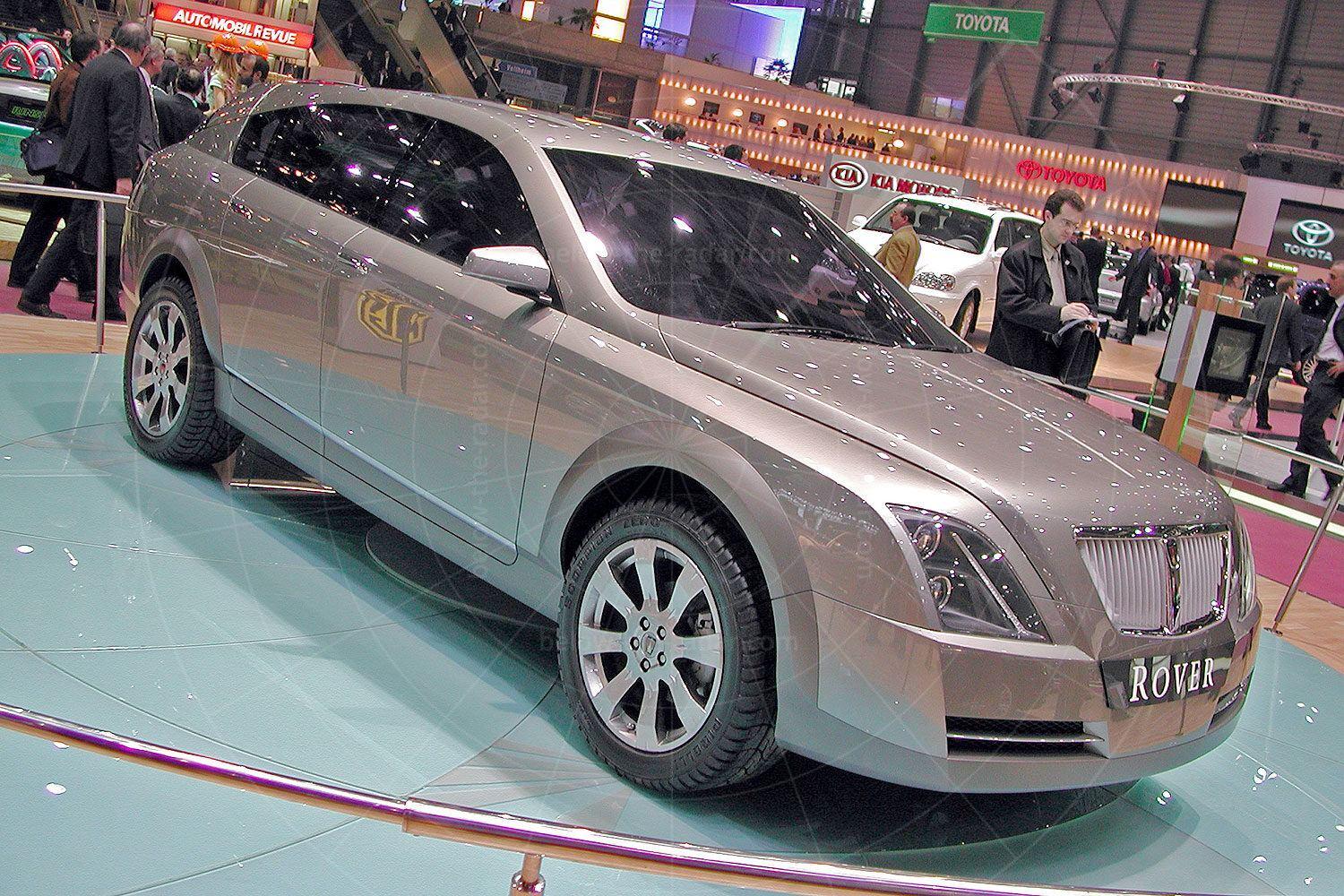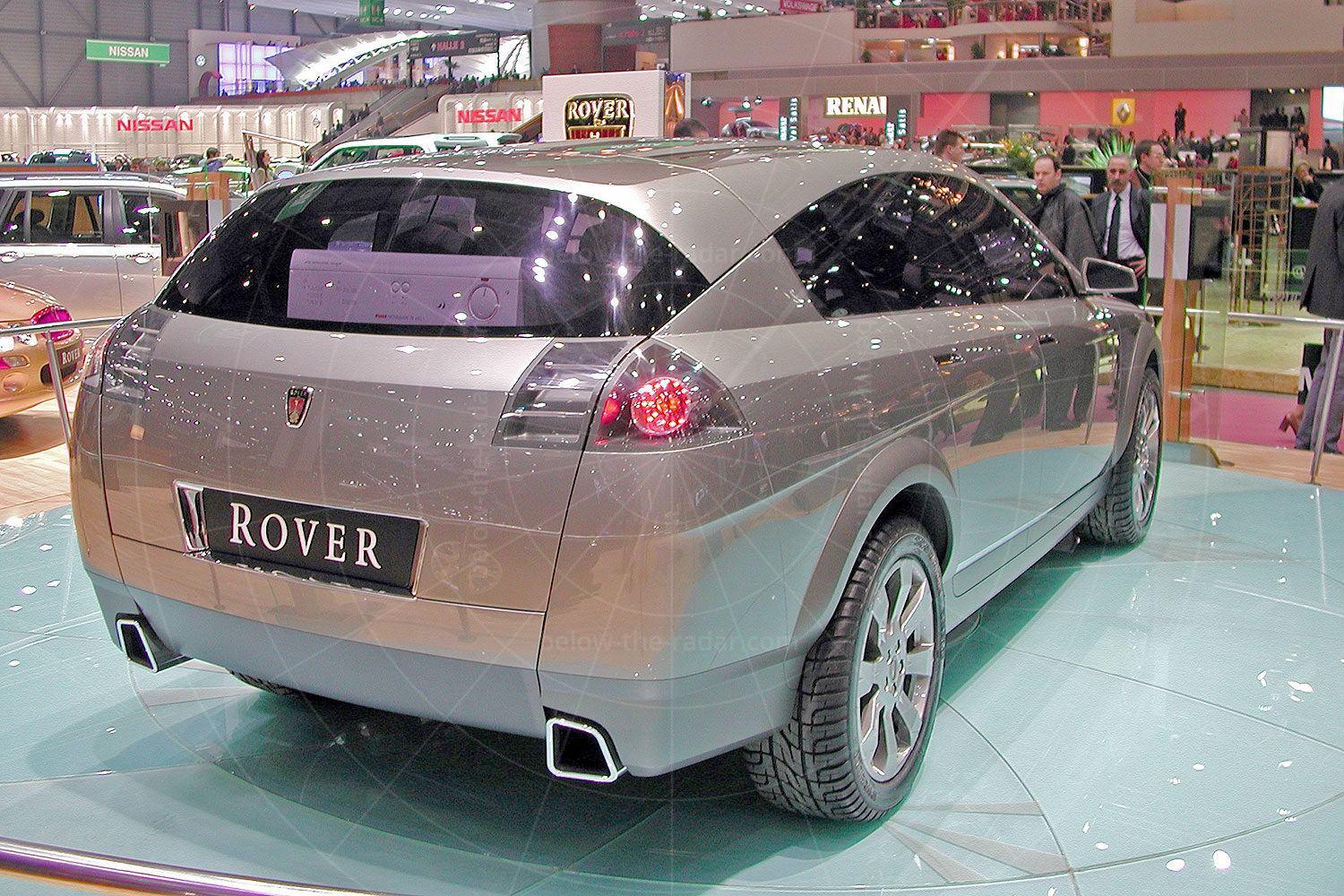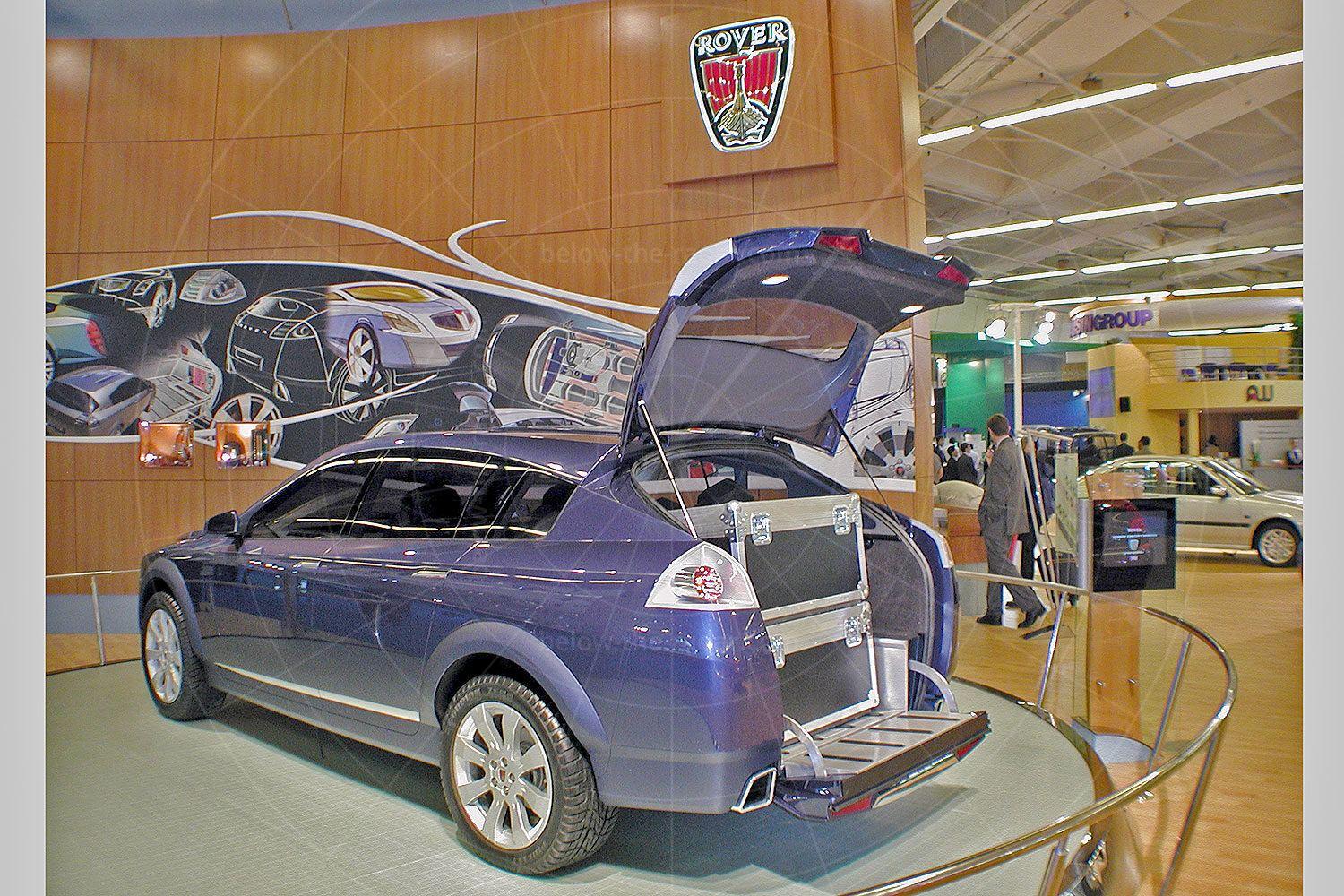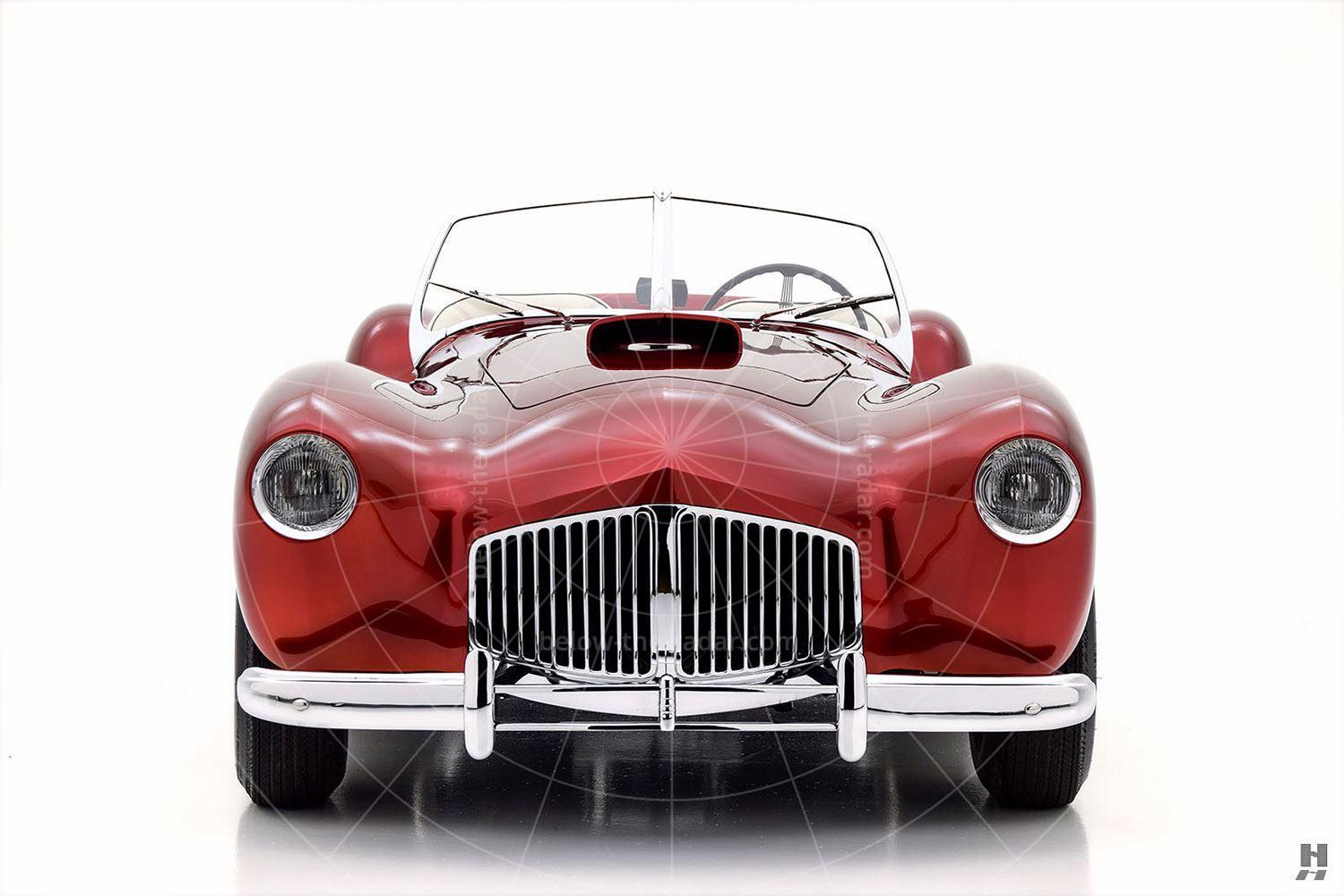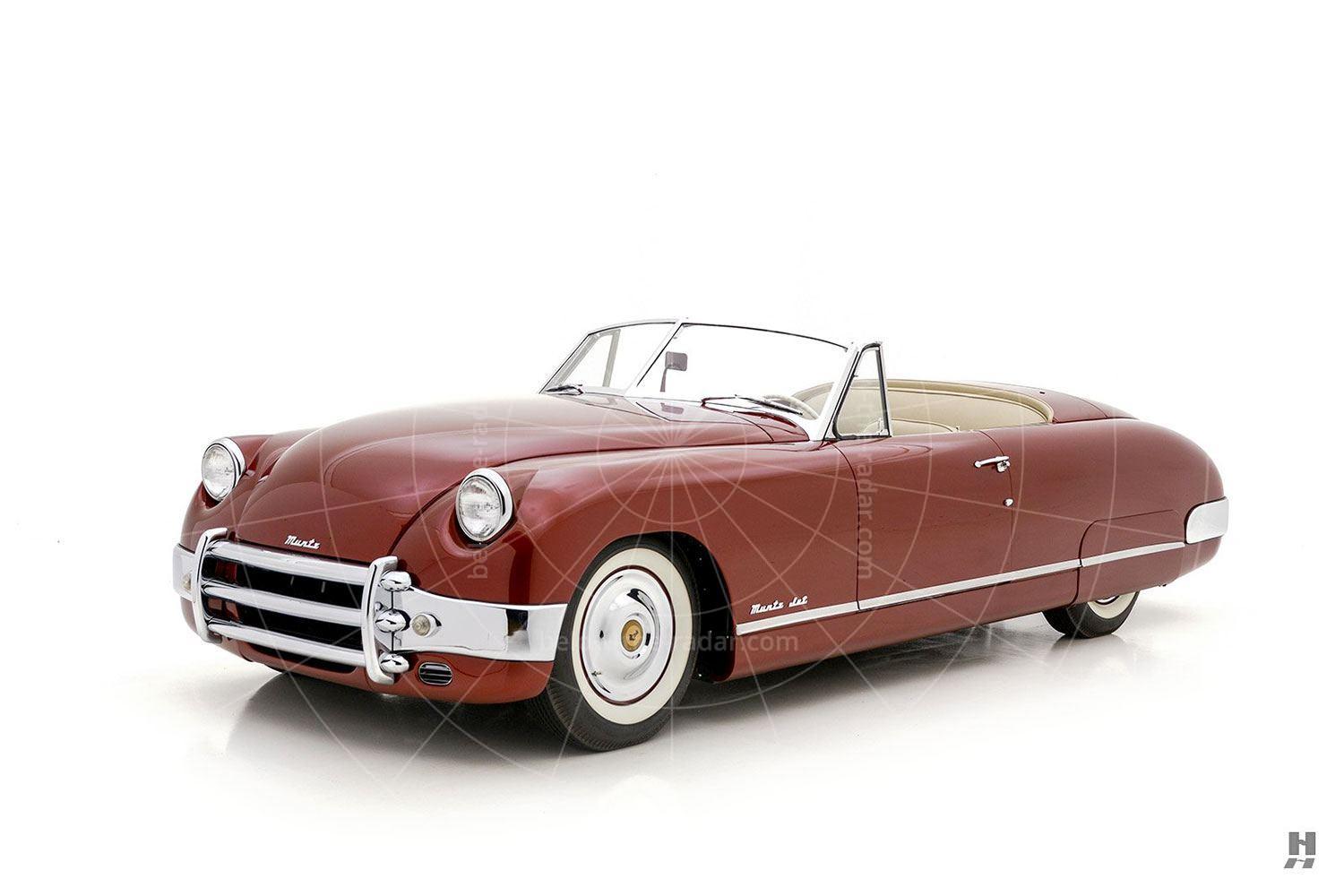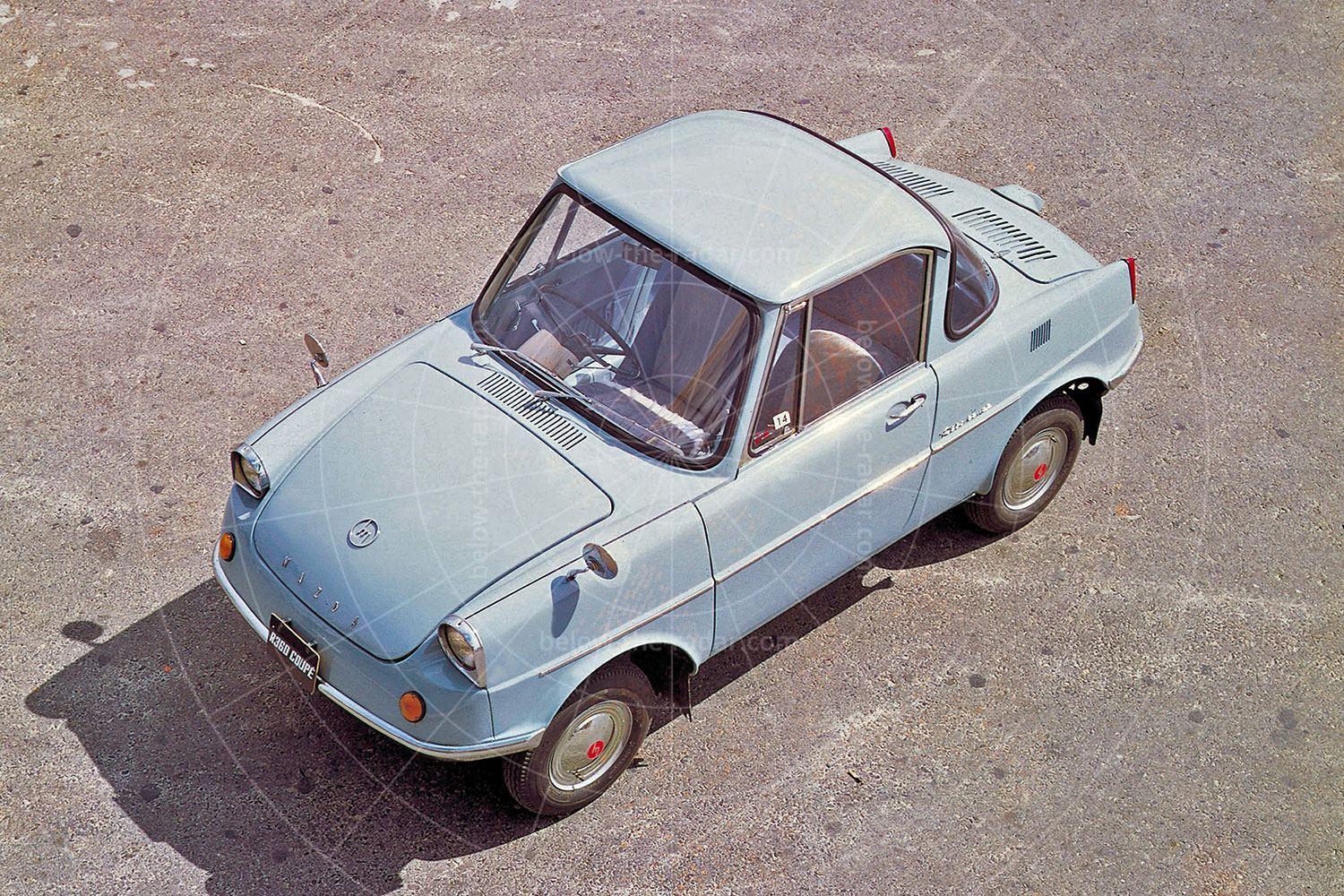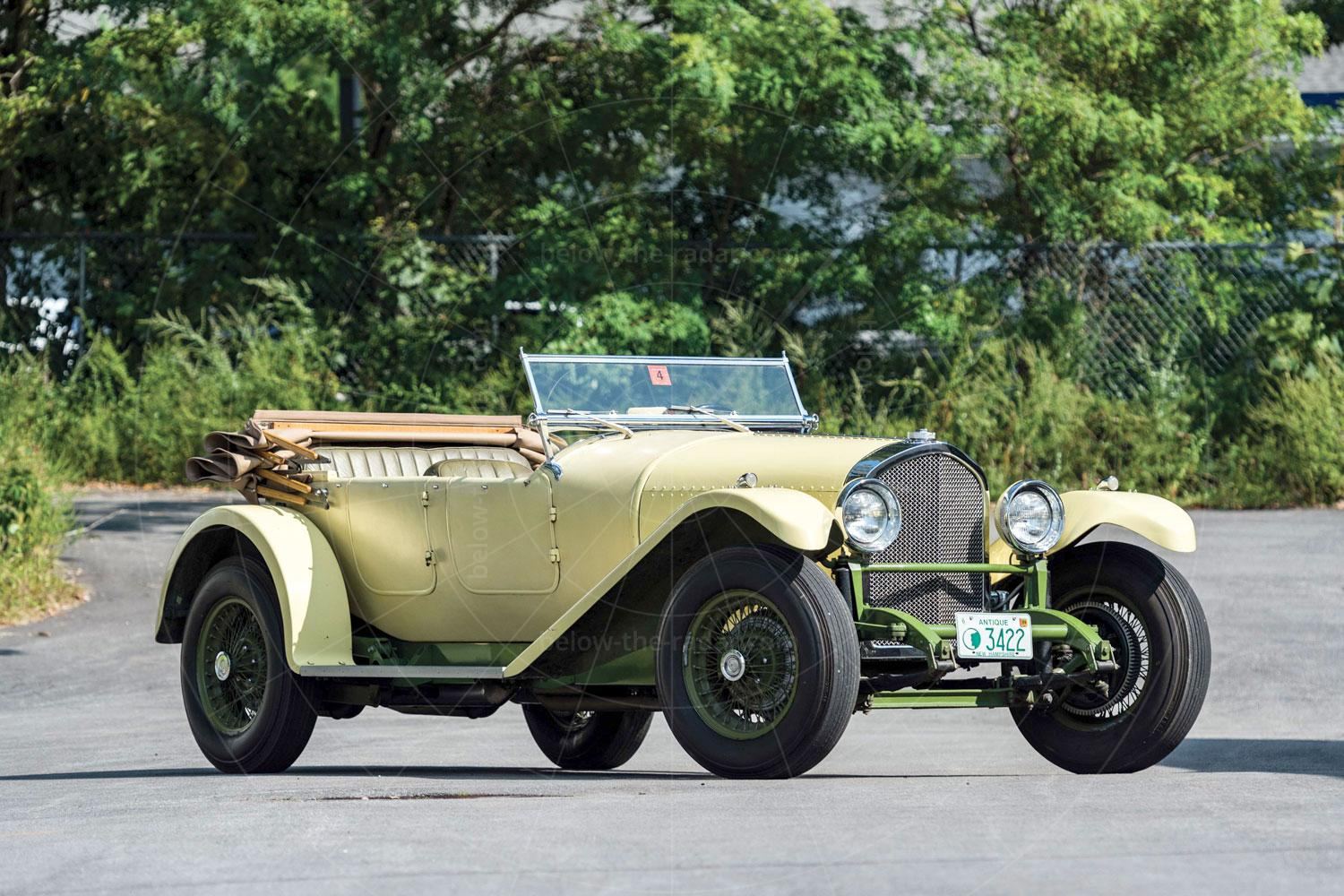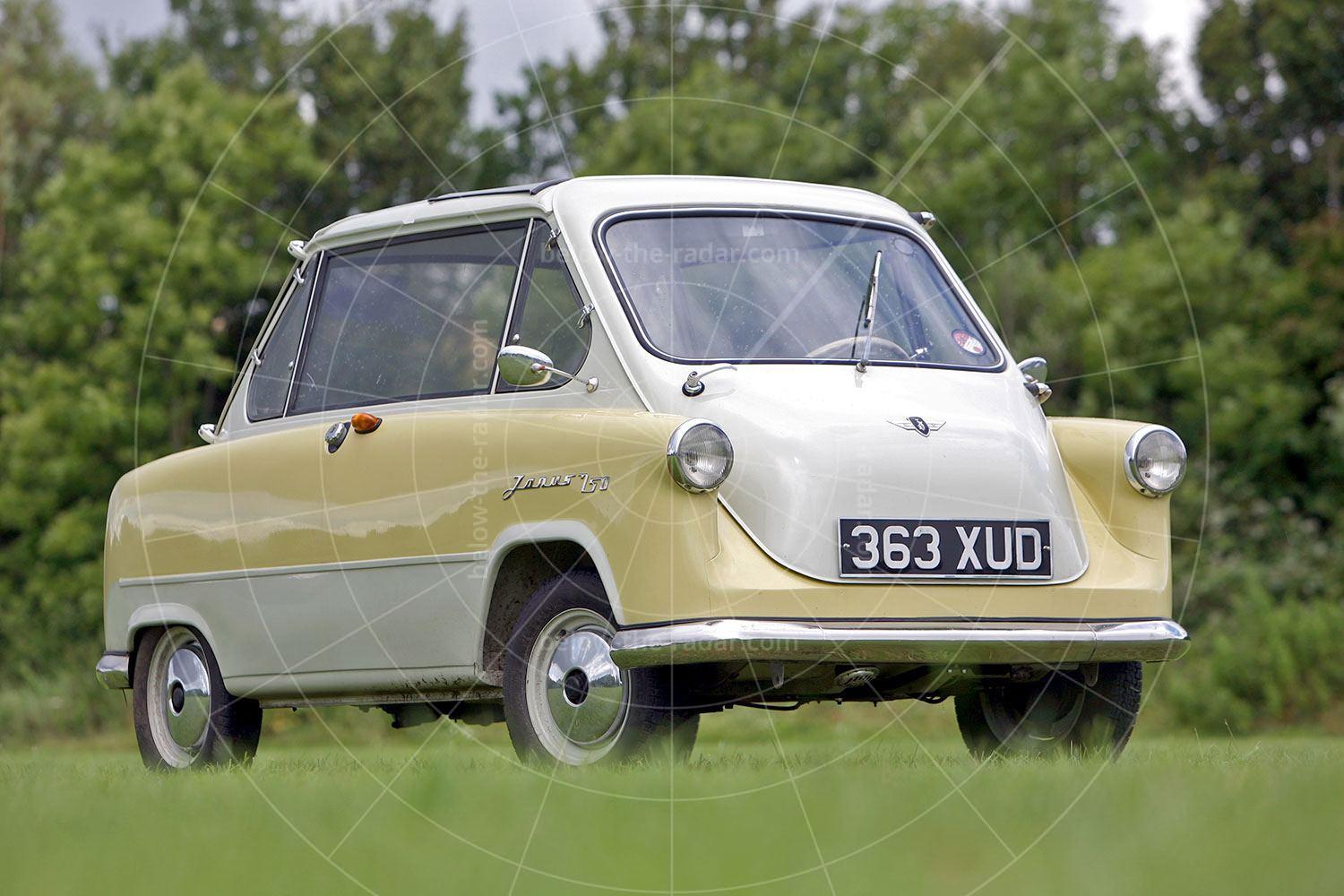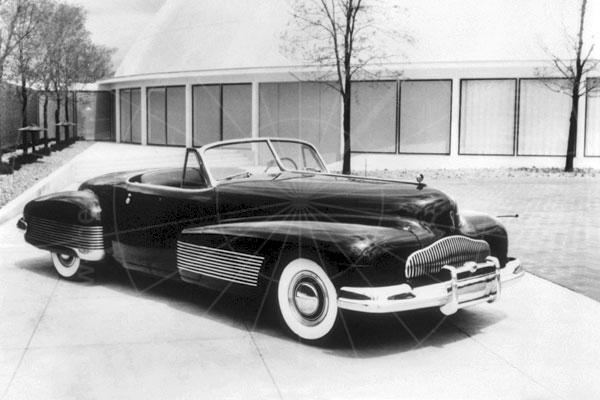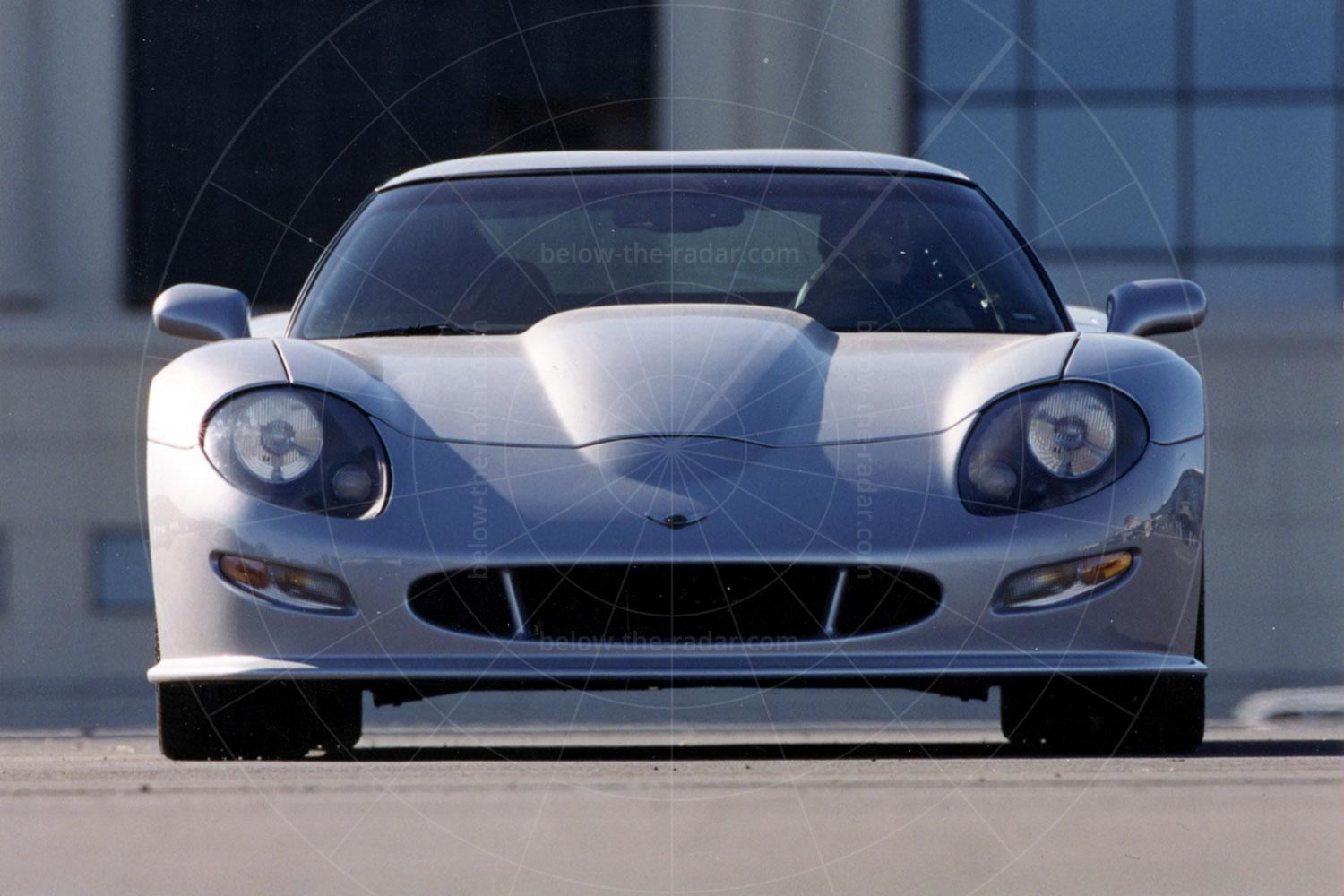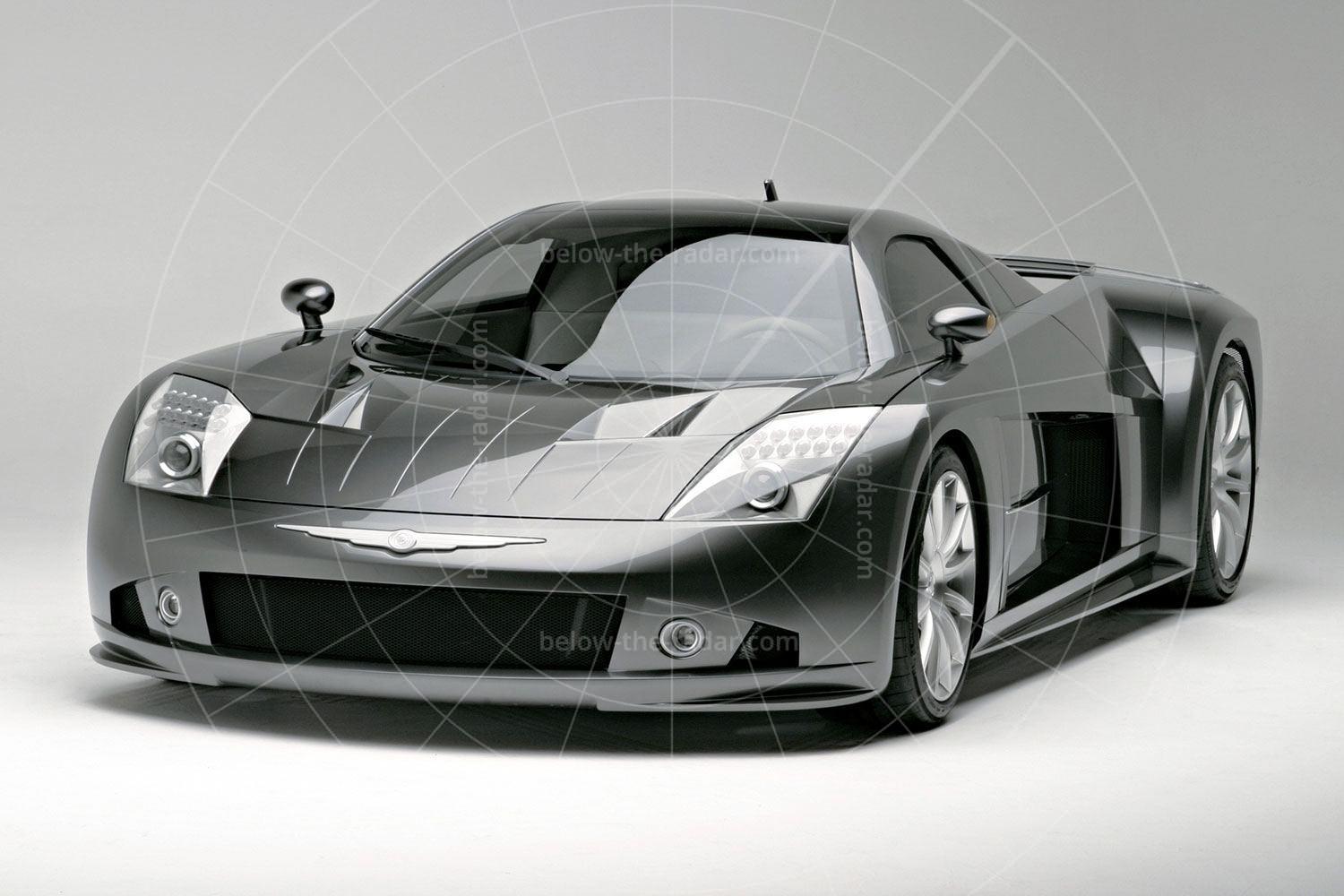The first Rover-badged concept since the CCV of 1986, the TCV of 2002 was Rover’s demonstration that it was on the way back up after a prolonged period of uncertainty about the company. Ever since Rover had been sold by BMW for a token £10, few had much faith in Rover’s chances of survival – the TCV was meant to prove that the company had a solution to the desperate need to replace its ancient range.
The rather unimaginatively named Tourer Concept Vehicle was a vehicle which Rover claimed combined luxury style and driving enjoyment with exceptional practicality and adaptability. It certainly managed that, because its interior was built to be so flexible that you could carry just about anything that was smaller than the load bay, whatever its shape.
When the car made its debut at the 2002 Geneva motor show it had a washing machine stuffed into the boot, sitting upright. It may have been an odd accessory to put into a car for such a glamorous event, but it showed just how usable this new car would be if it made production – assuming such characteristics weren’t lost in the move from concept to production car.
The key to the great flexibility was a load bay floor which could be lowered several inches, so that it was nearly level with the bottom of the bumper. By doing away with the spare wheel it was possible to use the space that would otherwise be taken up with an accessory which was often never used in the car’s lifetime – and just in case the worst should happen, the fitment of run-flat tyres would mean the car wouldn’t be left stranded.
The rear seats could be folded flat (level with the floor) and so could the front passenger seat, so that loads of more than three metres could be fitted in; very impressive for a car which was so compact on the outside. For even greater flexibility it was possible to replace the centre rear seat with various slot-in modules, such as a child seat, entertainment centre, fridge/food warmer or business desktop unit.
Although the TCV was shown at both the Paris and Geneva motor shows of 2002, it was never fitted with any running gear. The suggestion was made that the engine and transmission might be those of the range-topping 75, which meant a 2.5-litre V6 channelling its power to the front wheels, while it was also suggested that the concept was positioned between Rover’s 75 and 45.
On the outside the car featured bold styling, with plenty of sharp lines and a raised ride height to make the car even more aggressive. Although the TCV wasn’t intended to be fitted with four-wheel drive, the fact that it sat around 30mm higher than was typical for the genre suggested it was built to go off roading. It was known that the Rover 75 platform could accommodate four-wheel drive running gear, but the official line was that such a move would be highly unlikely. Besides, the company wasn’t allowed to build an off-roader because of the deal signed when Land Rover was hived off from Rover, and sold to Ford.
The plunging windowline towards the rear, despite the fact that the roofline was more or less level, gave the car a much sleeker look thanks to the clever use of contrasting colours. At the front there was a very bold grille and the headlamps were equally prominent – which was why it didn’t quite work. Everything was vying for prominence which led to a rather busy look, but there was no doubt that the TCV certainly moved Rover’s design language forward. The problem was whether or not it moved it too far forward, alienating the company’s traditionally conservative buyers, while the badge would put off the younger buyers which the TCV was supposed to attract.
| Vital statistics | |
|---|---|
| Debut | Geneva 2002 |
| Designer | Peter Stevens |
| Engine | Front-mounted, 2497cc, V6 |
| Transmission | 5-speed manual/auto, front-wheel drive |
| Power | 174bhp |

